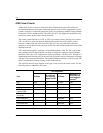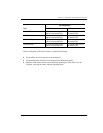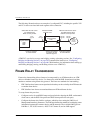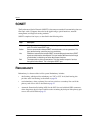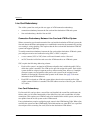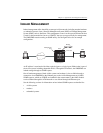
Redundancy
32 Avidia System Configuration and Management User Manual
Line Card Redundancy
The Avidia system line cards provide two types of ATM connection redundancy:
• connection redundancy between the line card and the destination ATM end system
• line card redundancy, should a line card fail
Connection Redundancy Between Line Card and ATM End System
When a connection goes down between the line card and the destination ATM end system, the
line card detects the failure and attempts to re-establish the connection by automatically retrying
or re-routing it, using signaling. This requires that the line card and the destination ATM end
system both support signaling.
To enable connection redundancy between the line card and the destination ATM end system,
you configure an end-to-end connection using SPVCs. SPVCs comprise:
• a cross-connect (VCC or VPC) from a cell-based channel card to a line card
• an SVC from the Avidia line card across the ATM network to an ATM end system.
SVCs require the following addressing scheme:
• Each Avidia system is assigned an ATM network prefix that is within the public UNI to
which the system is attached. The ATM service provider assigns this prefix. Each Avidia
system should be assigned a separate prefix to reduce routing time, however, if multiple
clustered systems are assigned the same prefix, each system can be assigned a node
identifier to distinguish it from the other systems in the cluster. See page 23 for more
information about ATM addresses.
• Each CPE is assigned an ATM end system address based on the network prefix of the
Avidia system to which it is attached. The CPE address consists of the slot, port, VPI and
VCI values.
Line Card Redundancy
If a line card fails, and you have a second line card installed, the second line card detects the
failure, takes over all of the functionality of the failed line card, and re-establishes all of the
connections. This requires two ATM line cards to be installed in the Avidia system, and at least
two uplinks from the Avidia system to the ATM network.
Line card redundancy requires configuring static routes in the ATM Routing Table. When a line
card fails, the system uses the ATM Routing Table information to re-route SPVCs to a specified
slot and port on the secondary line card, based on the destination ATM address.



